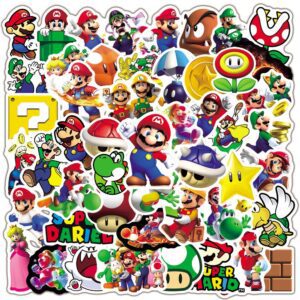Art comes in many shapes and sizes. A painting on a wall is obviously art, and a drawing in a sketchbook is just as much so. The argument can be made that there is art in anything done well. A masterfully executed pitch during a baseball game could be considered art by some. It’s a bit of an abstract word with a lot of of emotion. At the end of the day, however, most people don’t think of video games as a form of art. These people are wrong because while many people might think of the Mona Lisa when they hear the word art, I think of Shadow of Colossus.
The story of Shadow of the Colossus is beautiful in its simplicity.
Game developer Ico released their titular game Ico in 2001, and it has since become a bit of a cult classic. Four years later they released the game’s spiritual successor. Shadow of the Colossus is connected to the previous title in tone and aesthetic, but the minimalist nature of both games’ stories makes it difficult to thread them together. This is fine because the story of Shadow of the Colossus is beautiful in its simplicity.

The game begins with the main character, Wander, riding his horse across a massive stone bridge and into a (suitably) colossal temple. He places the body of a woman he loves on an altar found within. A voice in the temple agrees to bring her back to life, but only if Wander can find and slay the sixteen colossi wandering the hidden valleys surrounding the temple. With only his horse, sword, and bow Wander ventures out to kill the creatures and bring the woman back to life. After killing the first one, darkness escapes its body and floods into Wander who is barely able to contain it. He fights through the taint growing within him to slay the others.
Other than the inevitable climax of the game, that is the entire story. In many games, such a plot would come across as threadbare but in Shadow of the Colossus it is elegant in its simplicity. You don’t need a grandiose adventure. You don’t need plague, an army ready to wipe out the kingdom or an evil wizard whose machinations need to be thwarted. There is a man who loves a woman that will do anything, including slaying sixteen giants, if it can bring her back.
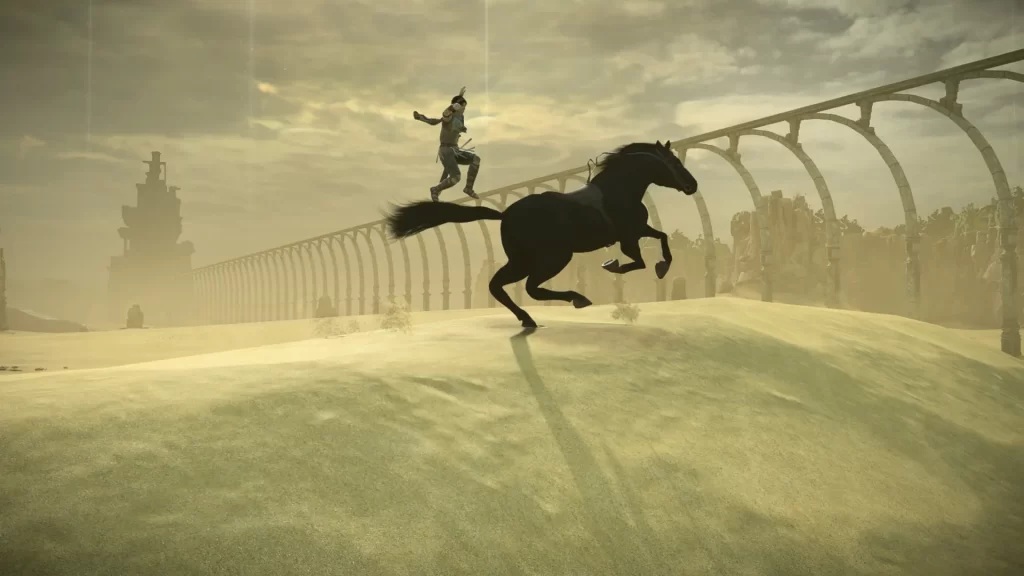
That elegant simplicity carries on to other aspects of the game as well. The world is massive and a joy to explore, not because there are things to find but because there isn’t much to find at all. There are technically collectibles to be had that can increase your stats, but the average player might very well venture through the game without ever noticing them, and that’s okay. Riding your horse through these wide-open spaces and trying to figure out how to get to the next colossus is both relaxing and refreshing.
The entirety of the gameplay rests in the boss fights. Everything in between is, at its most challenging, mild platforming.
There aren’t random encounters along the way or side-quests to tackle. The entirety of the gameplay rests in the boss fights. Everything in between is, at its most challenging, mild platforming. This lets you enjoy the world in a way most games don’t. You don’t have to check your mini-map for a new objective or clamber up a building to get a feather, or climb a radio tower to view the horizon. You can look at the horizon because it’s beautiful. And honestly? You want to look at it.
When you actually do fight the colossi the game switches its tone from languid and refreshing to tense and dramatic. While some of the colossi are relatively palatable in terms of their size (the smallest is maybe the size of a car) the average one is easily the size of a large building. The biggest of them dwarfs even that, requiring the fight to start a considerable distance away just so you can see the whole creature at once.
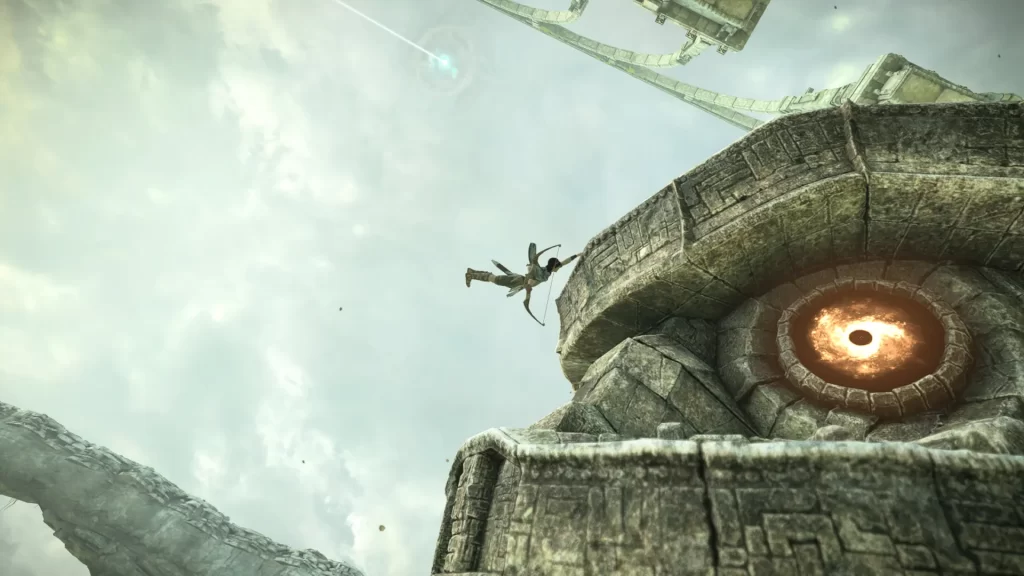
The scale involved is both beautiful and thrilling. Fighting the creatures isn’t about pulling off a successful parry. It’s about figuring out where the weak spot is and how you’re supposed to get to it. The colossi themselves are like massive platforming puzzles if those puzzles were also trying to kill you. One of the simpler ones you encounter early on requires you to bait the creature into swinging a sword at you. If you successfully dodge it, you can run up the sword before the colossus shakes it loose from the ground.
Each of the sixteen colossi is unique and interesting, with mechanics that make you marvel at the game’s design.
That’s only scratching the surface. Each of the sixteen colossi is unique and interesting, with mechanics that make you marvel at the game’s design. Some are chillingly human, while others are variations on animals. Some are aquatic, requiring you to navigate fighting a creature that spends more time underwater than above it. Others are airborne, needing you to force them to land and then hold on for dear life while they drag you back into the sky.
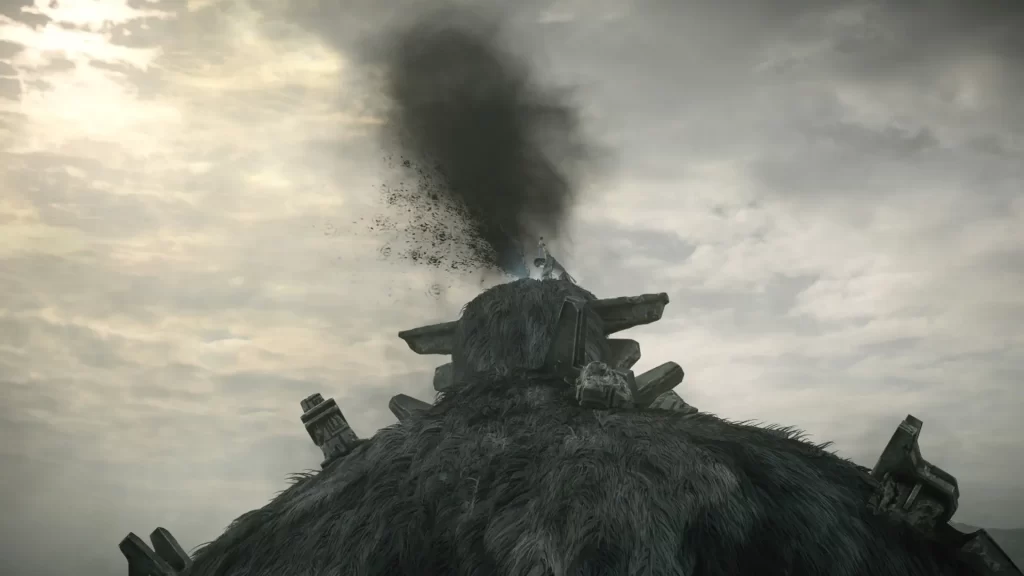
This back-and-forth emotional war between wondrous awe and the necessity of killing is a beautiful balancing act the game maintains throughout. Seldom do the beasts seem keen on killing you, focused more on self-defense. Several of them won’t attack you at all unless you attack first. All of them, even the ones that attack you most zealously, have a quiet sort of melancholy about them. You feel horrible about killing these creatures, but you also know you must. Because, at the end of the day, it’s the only way to bring back the woman you love.
This duality of nature isn’t present in simply the story or tone but also in the design of the game’s visuals. The landscape is simultaneously simple and gorgeous. The color palette is full of earth tones, with only a scant few moments of vibrant color. When there is color, however, it’s all the more noticeable. Whenever you engage in combat with a colossus, there’s always a moment when you notice the scale and have trouble breathing. Seeing the utterly gigantic opponent before you, silhouetted against the sky while Wander’s tiny body goes sprinting forward, is impressive.
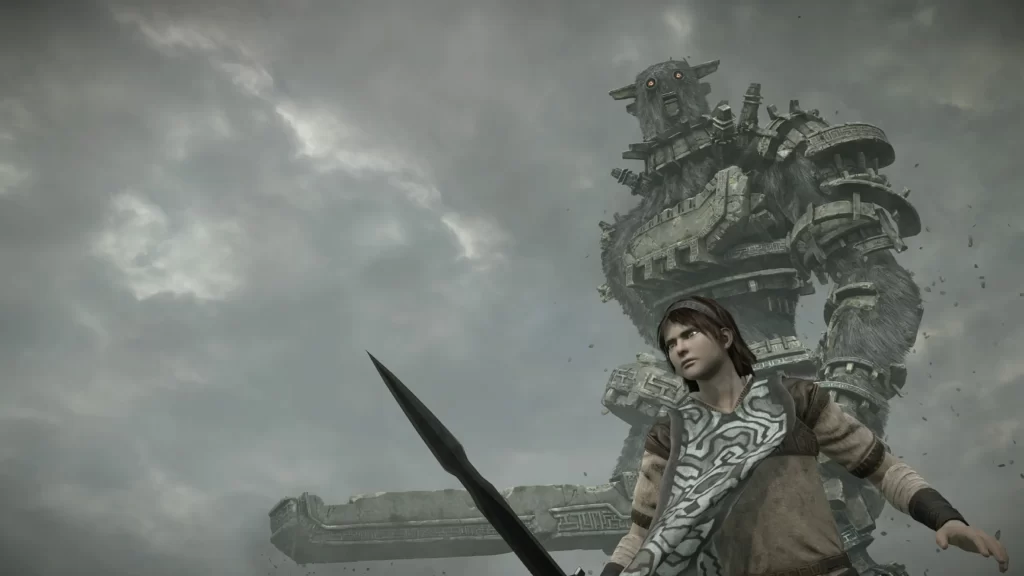
The design of the colossi themselves is breathtaking. Each has its own character and spirit, making them easy to remember. It can be so tempting to stop and look at them as they move that you accidentally give them a free hit on you. As stated before, the creatures are silhouetted quite often and that is a part of what makes them so memorable. They aren’t simply similar creatures with a color swap. No, they are entirely different beasts, each one throwing you off more than the last.
Shadow of the Colossus is a simple game. It isn’t trying to tell a grand, sweeping tale. It isn’t trying to offer you choices you never knew existed. It isn’t trying to keep you addicted with online multiplayer. It tries to tell a simple story using simple art and mechanics. And it is so gorgeous in what it does that Shadow of the Colossus must be called a work of art.












